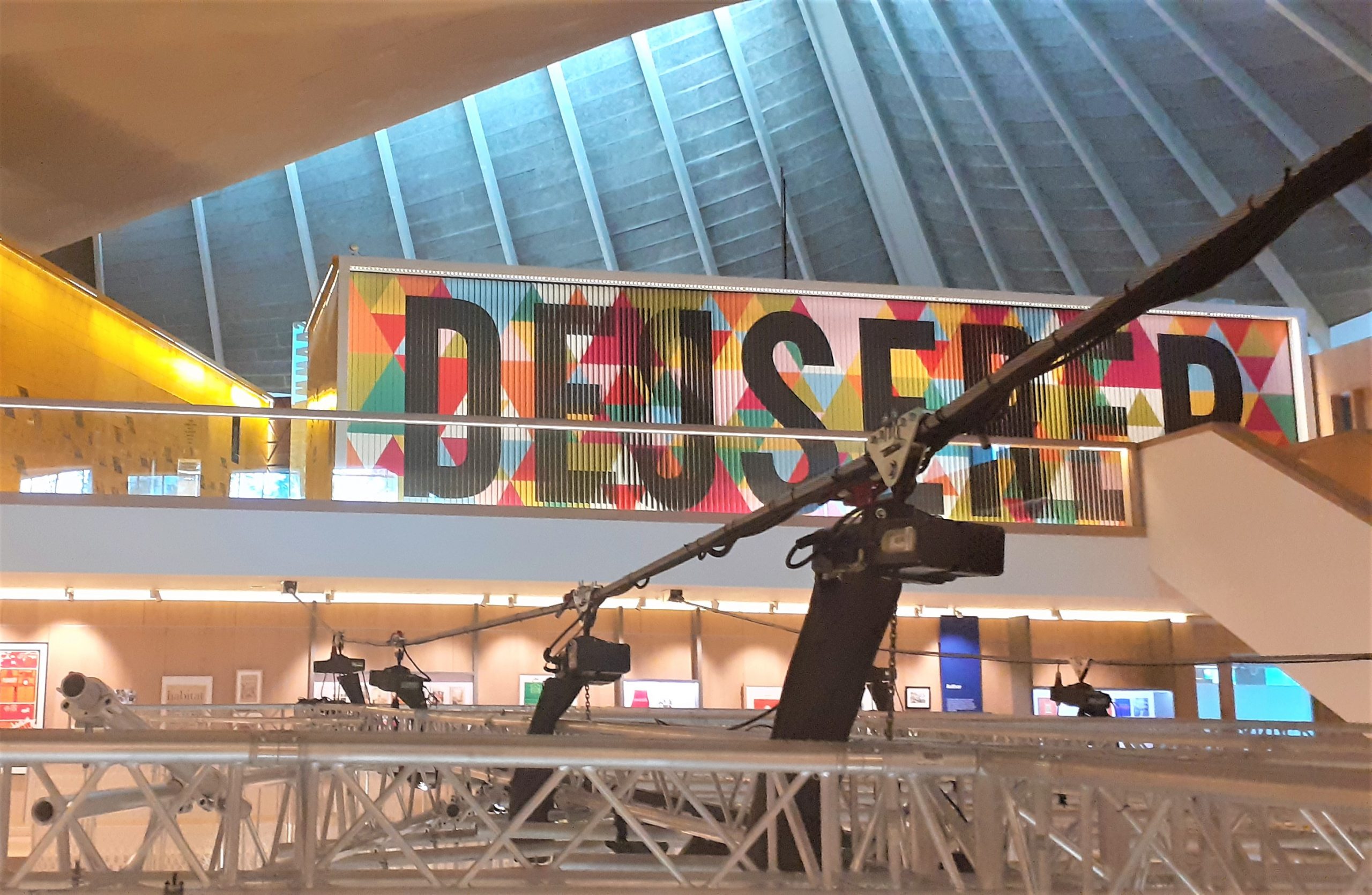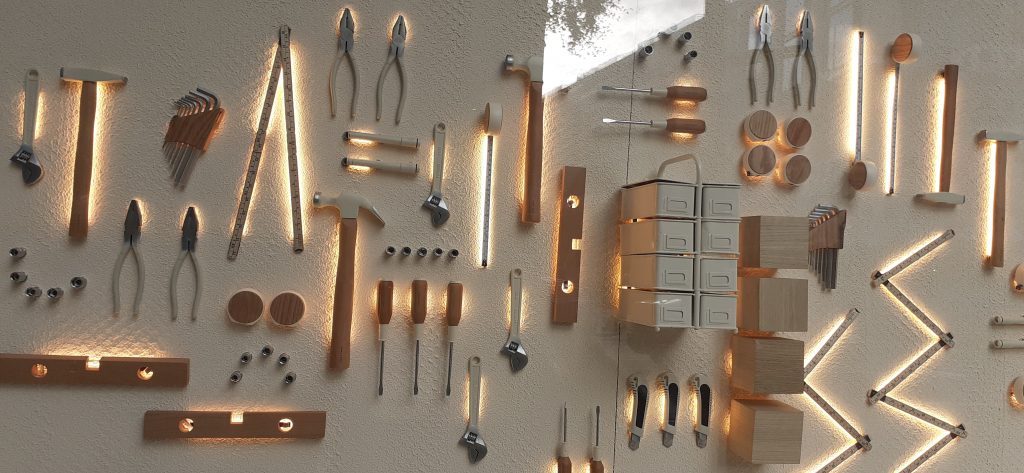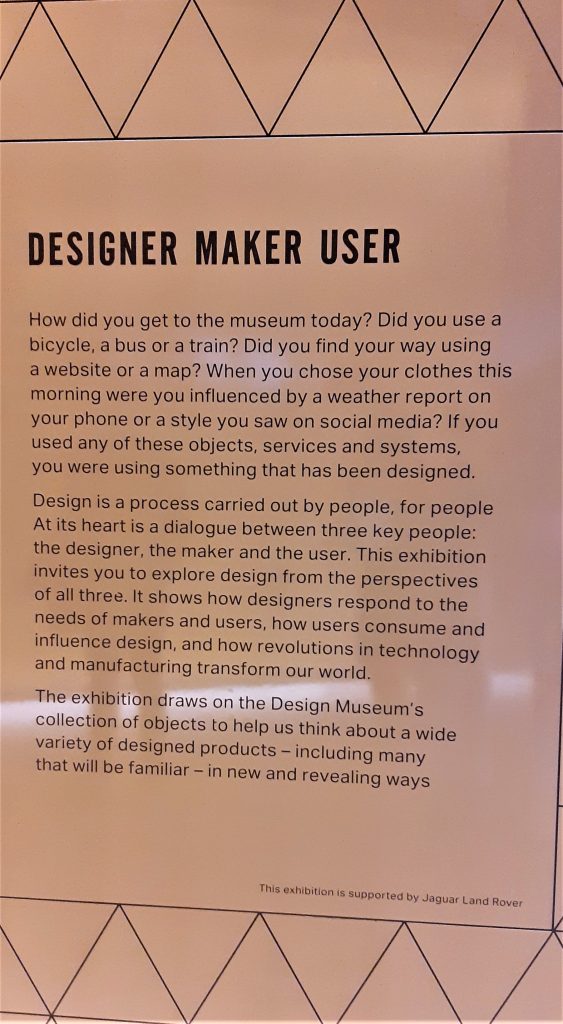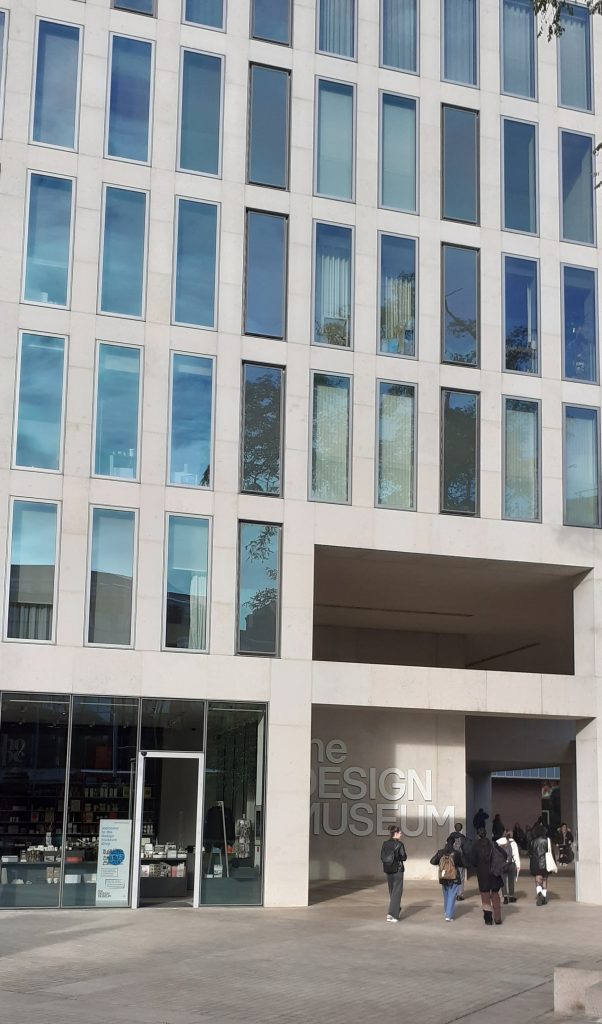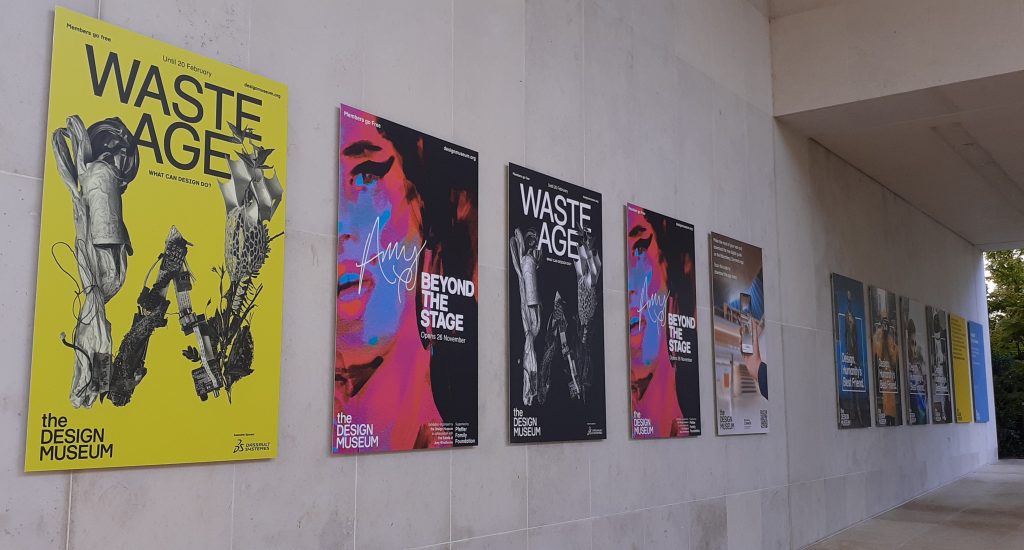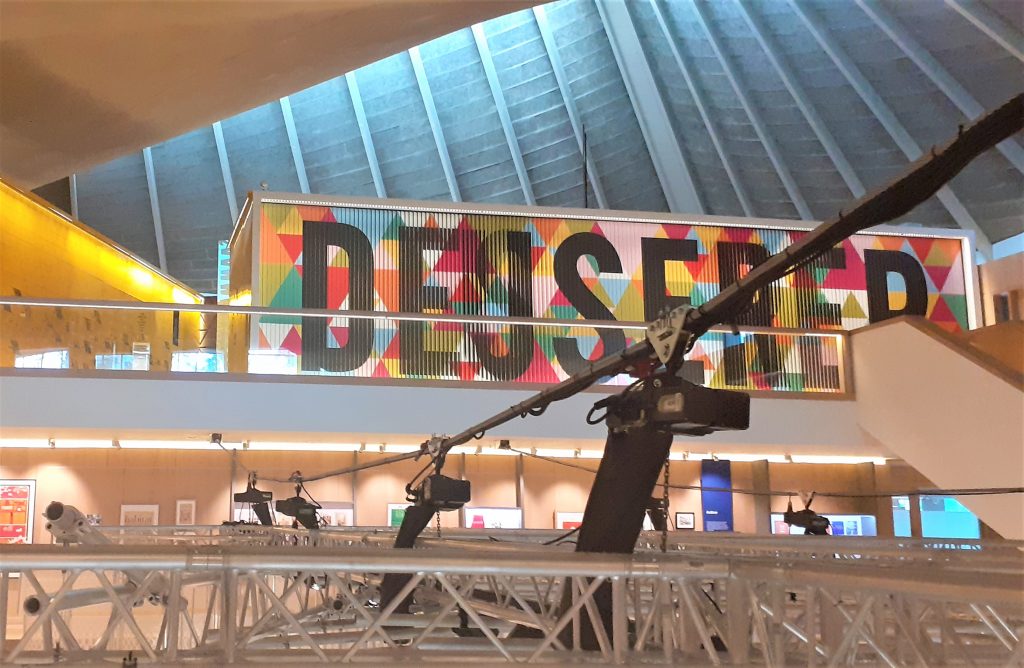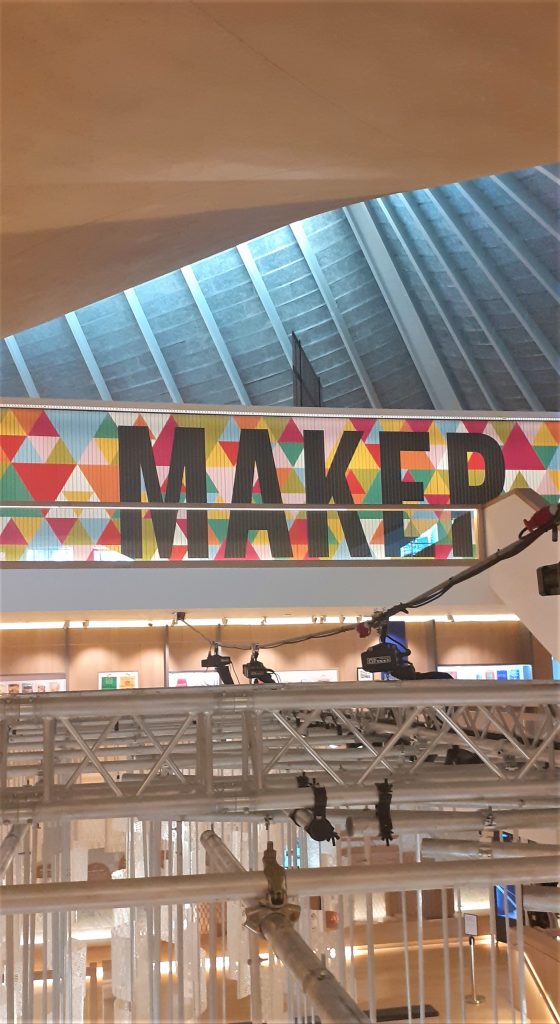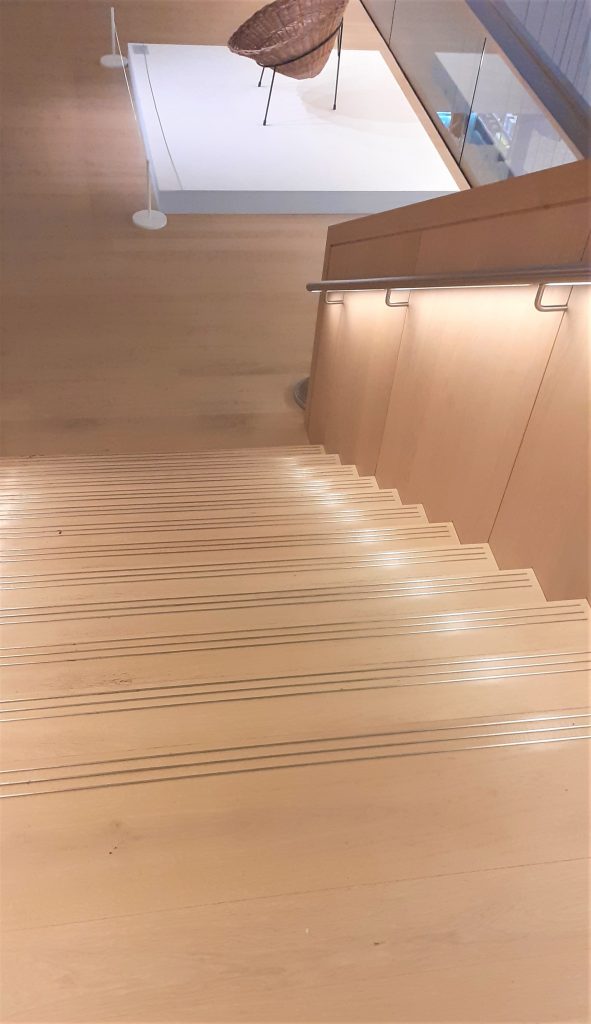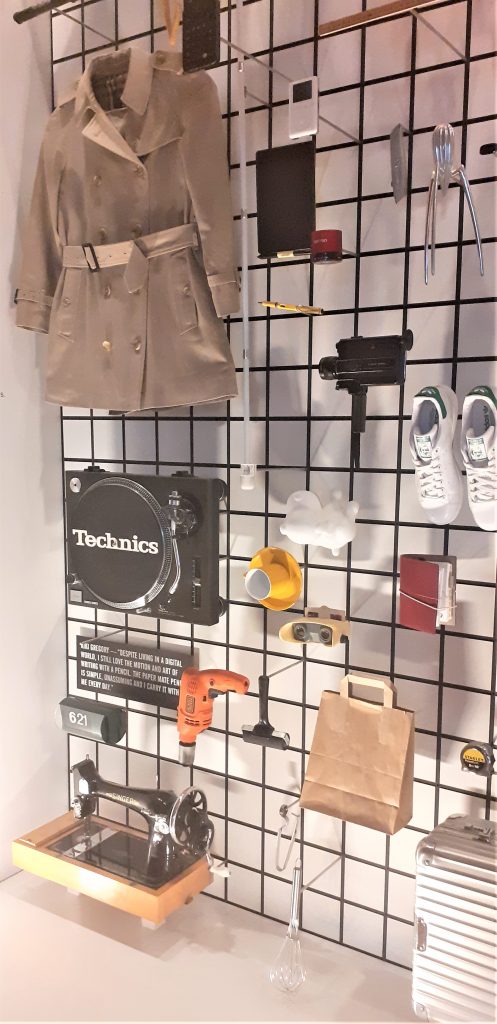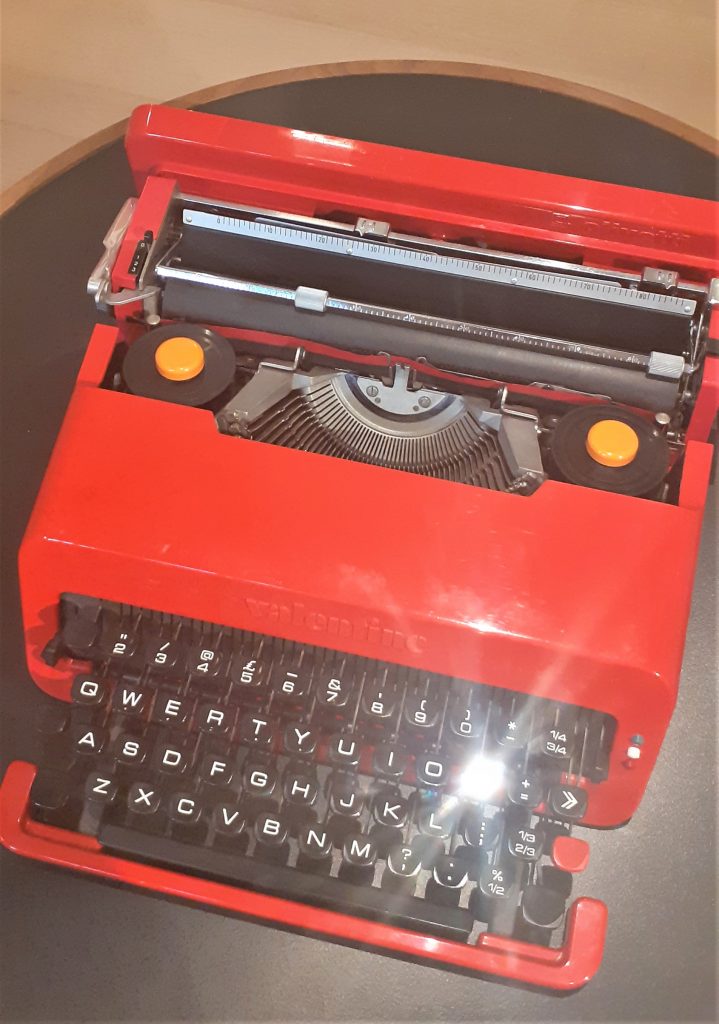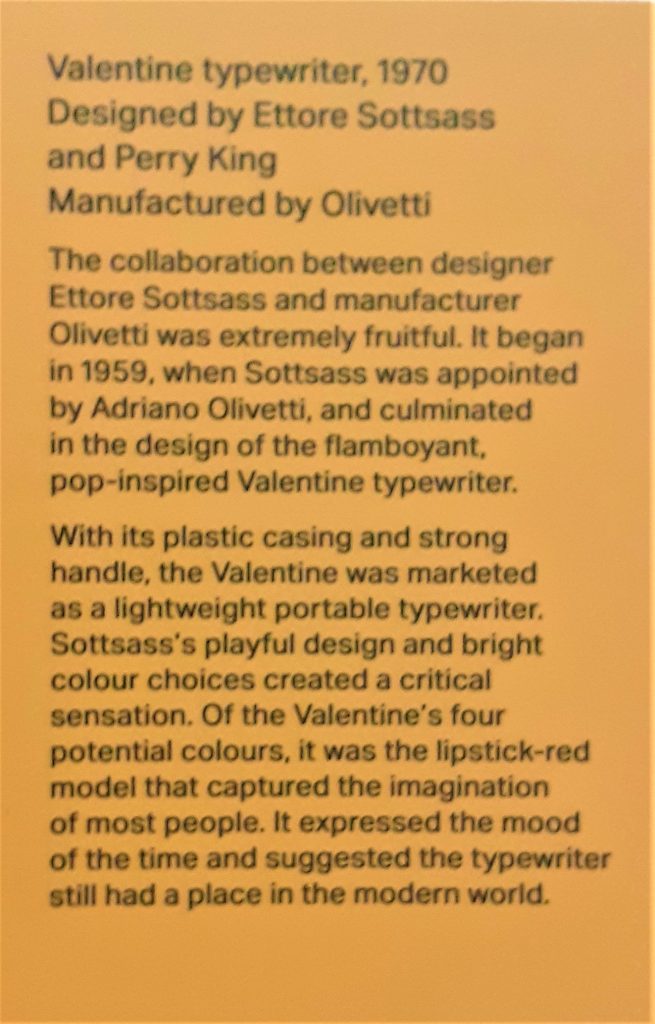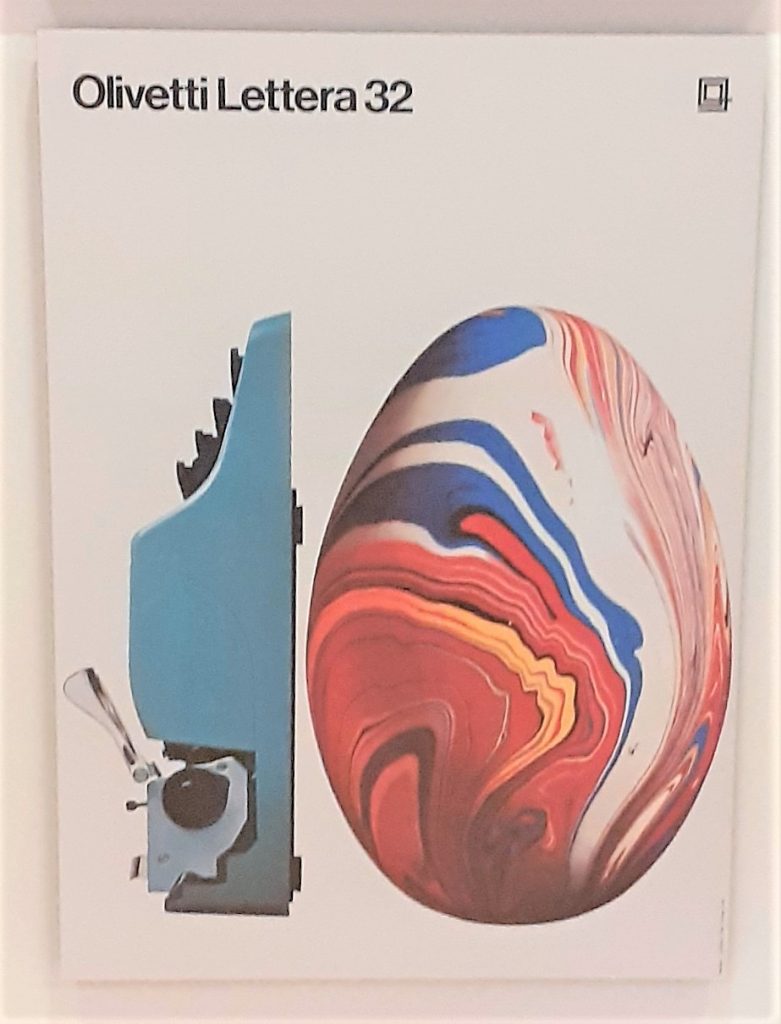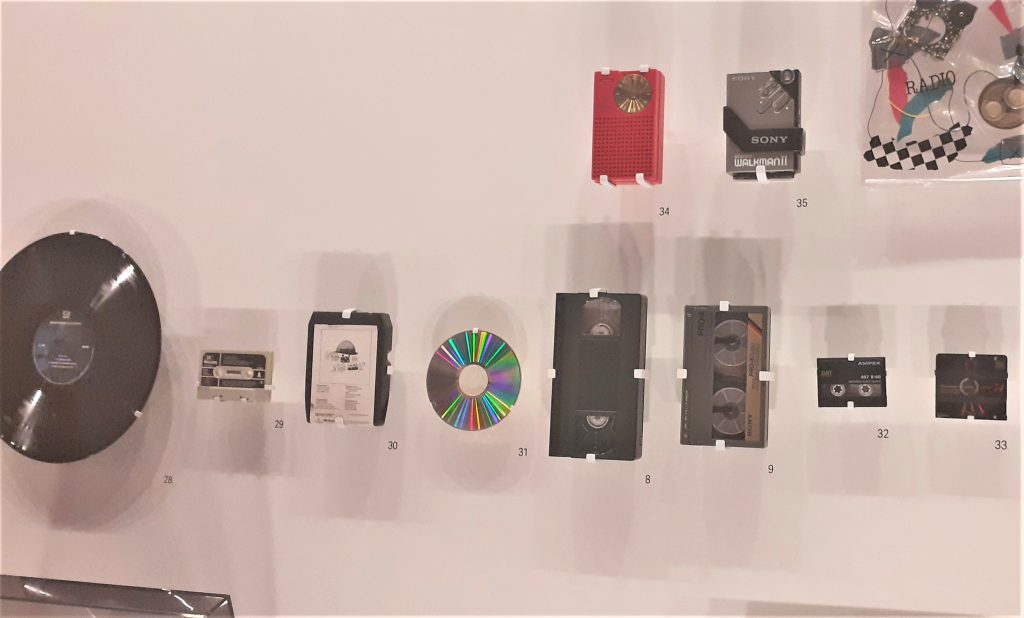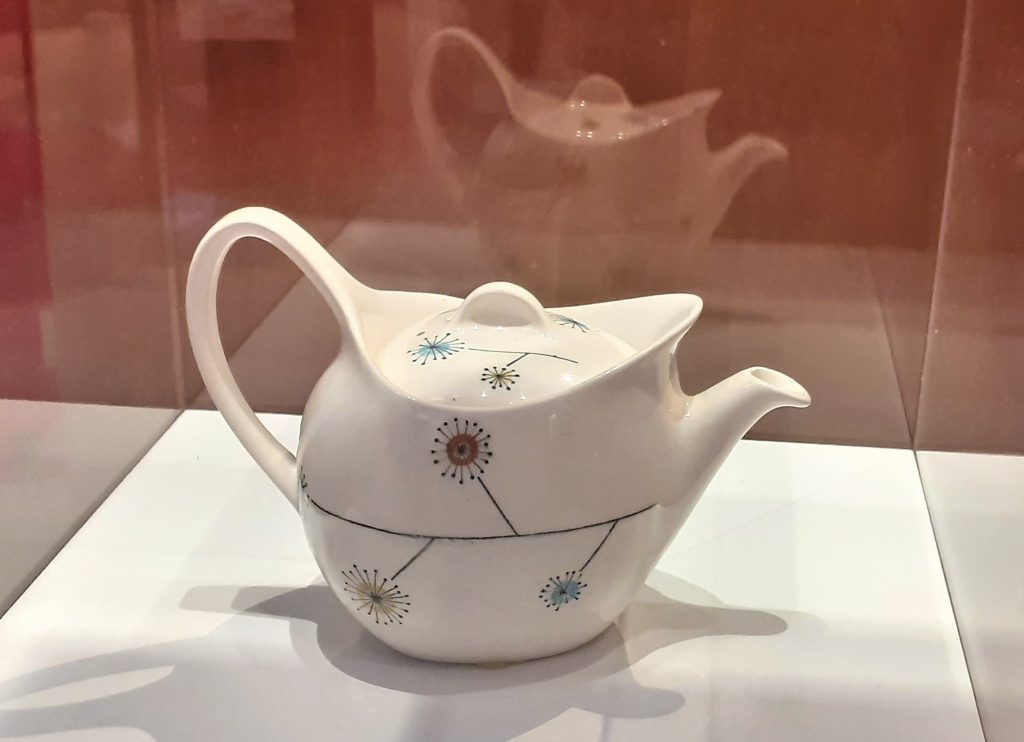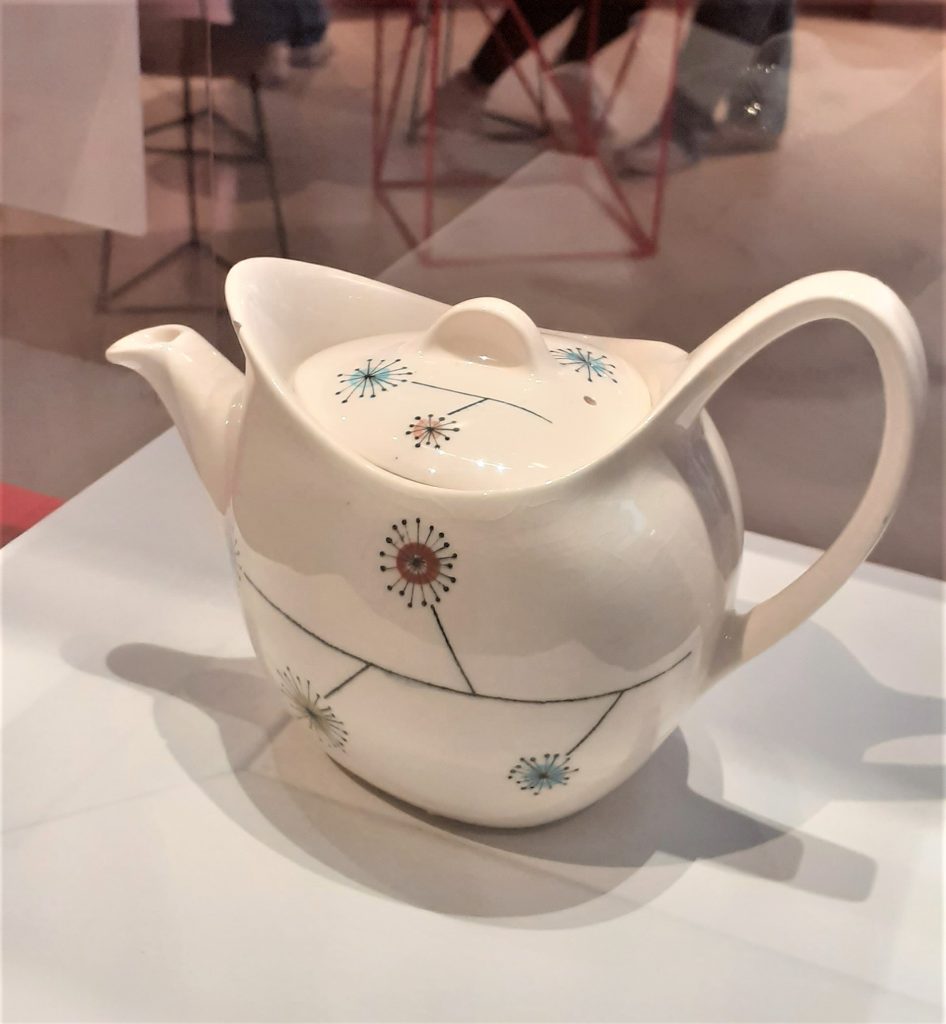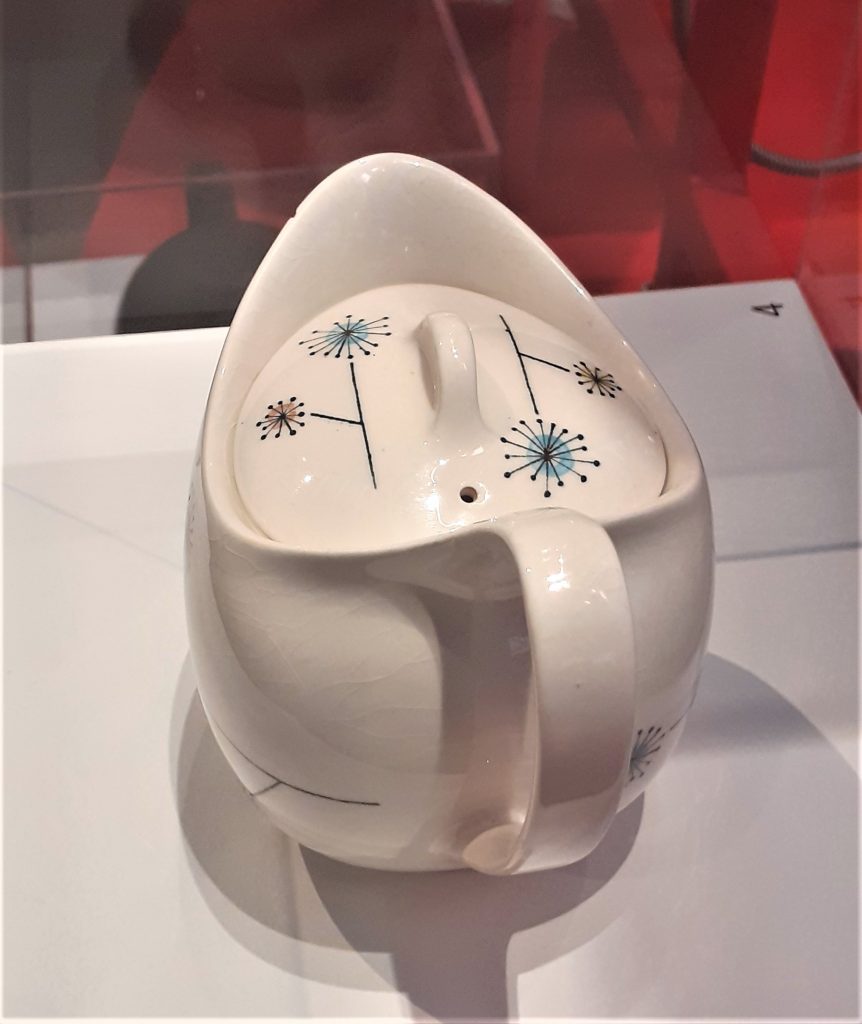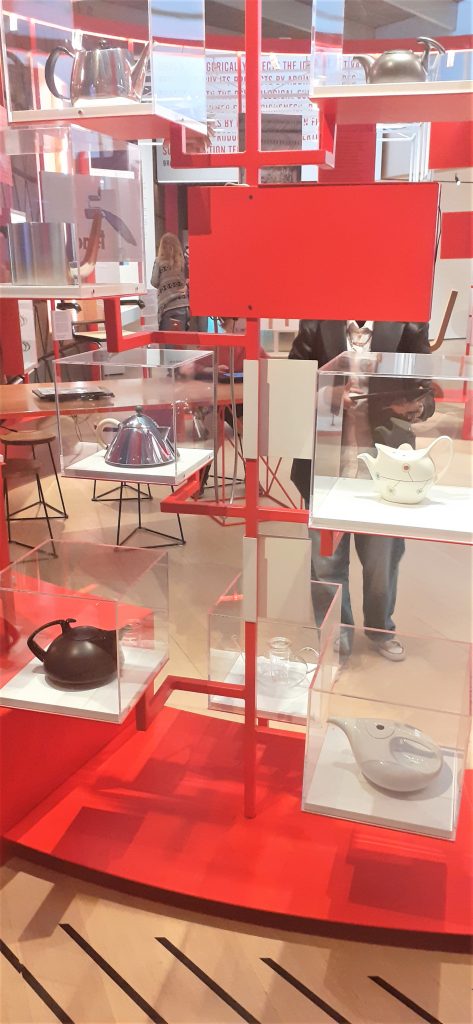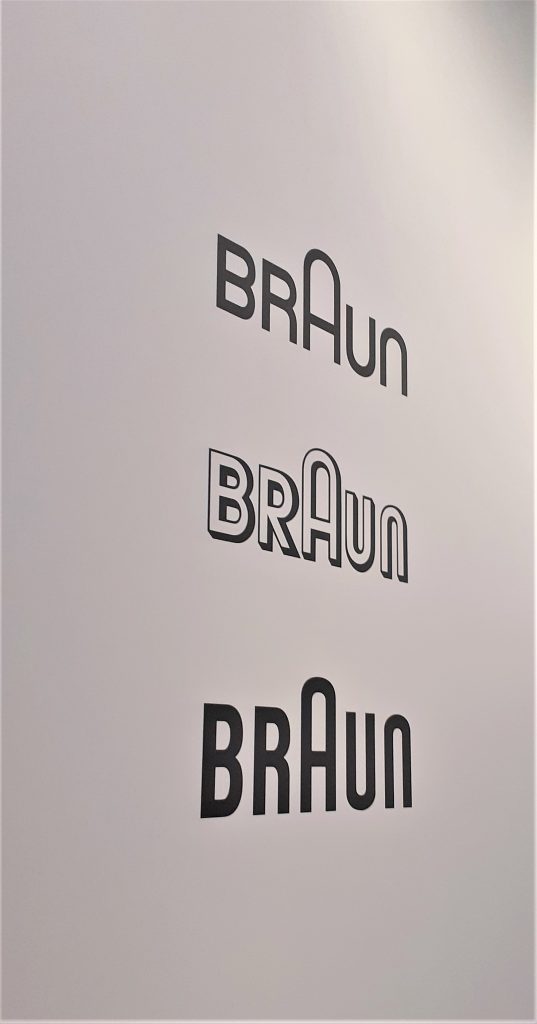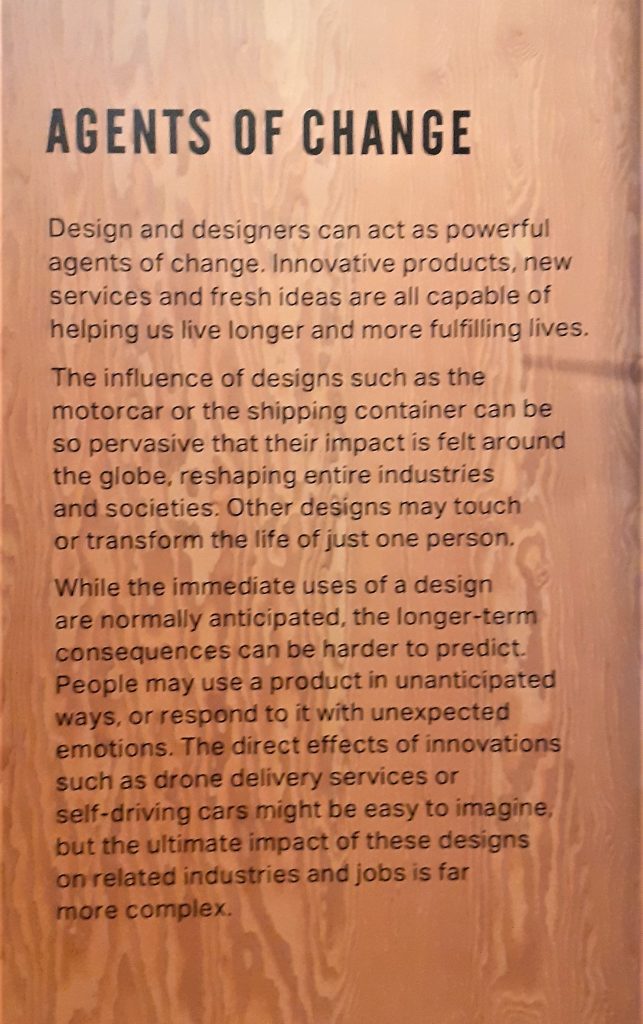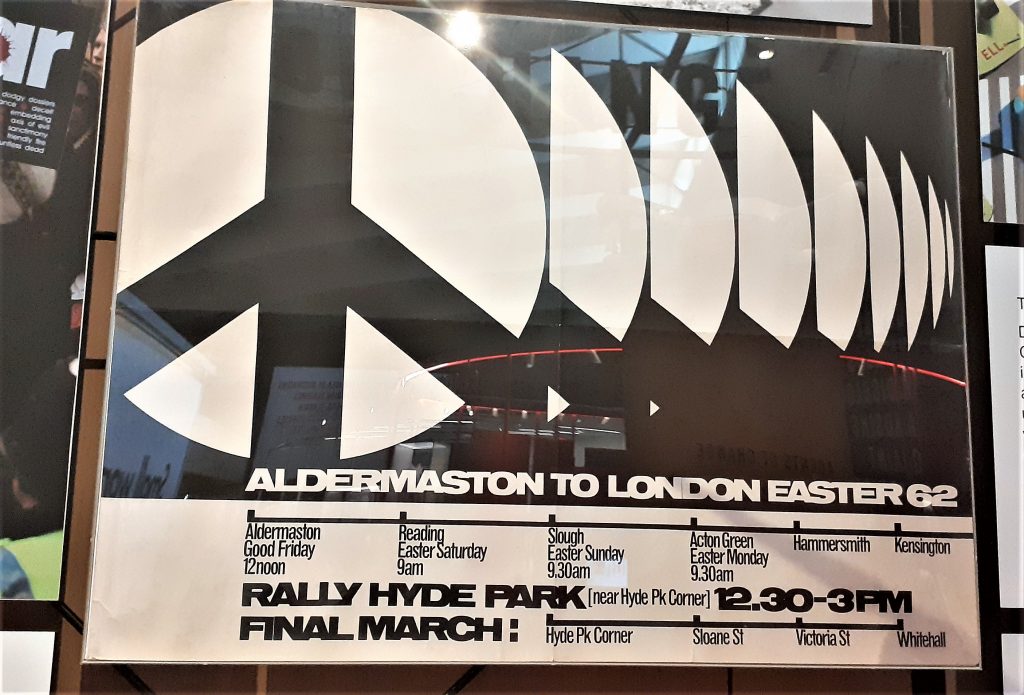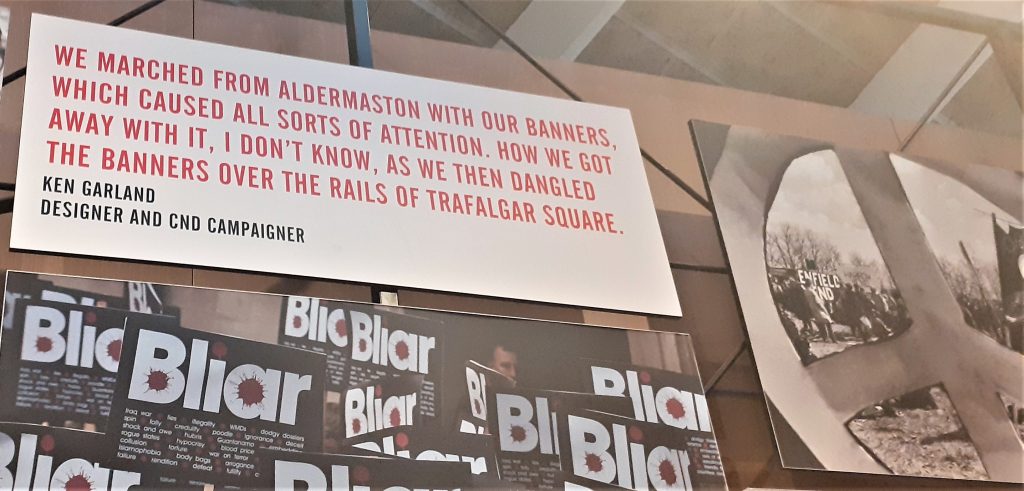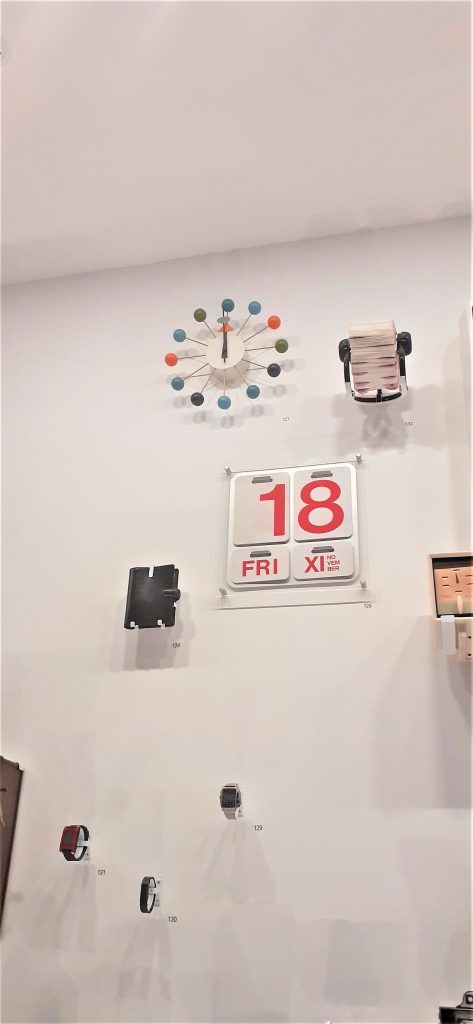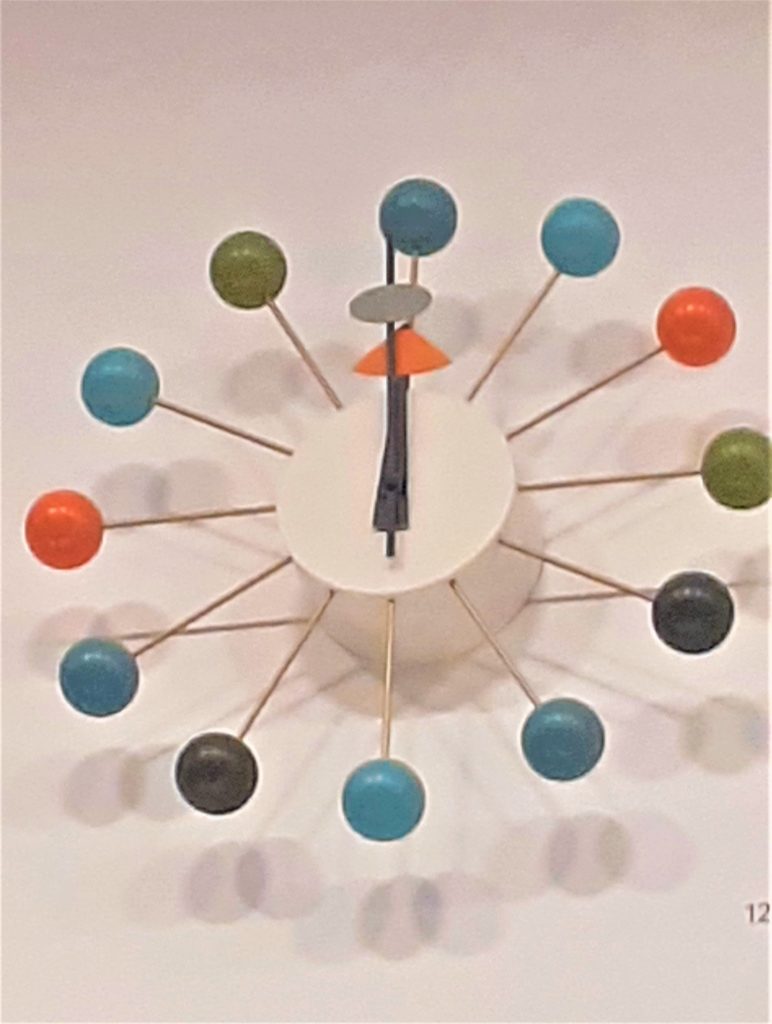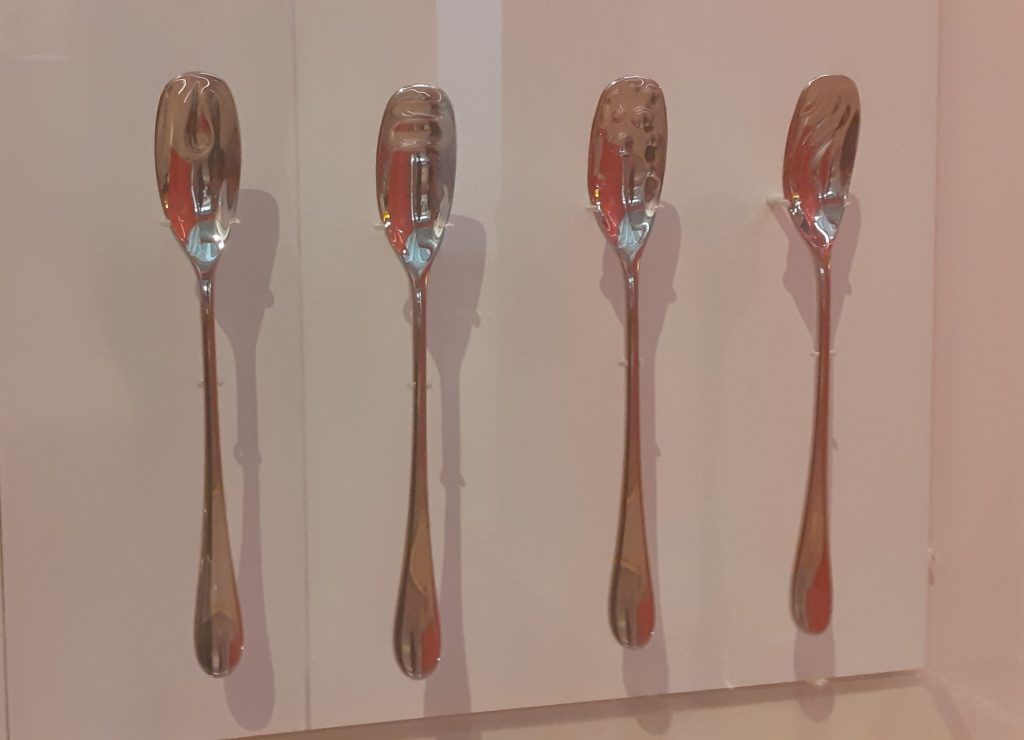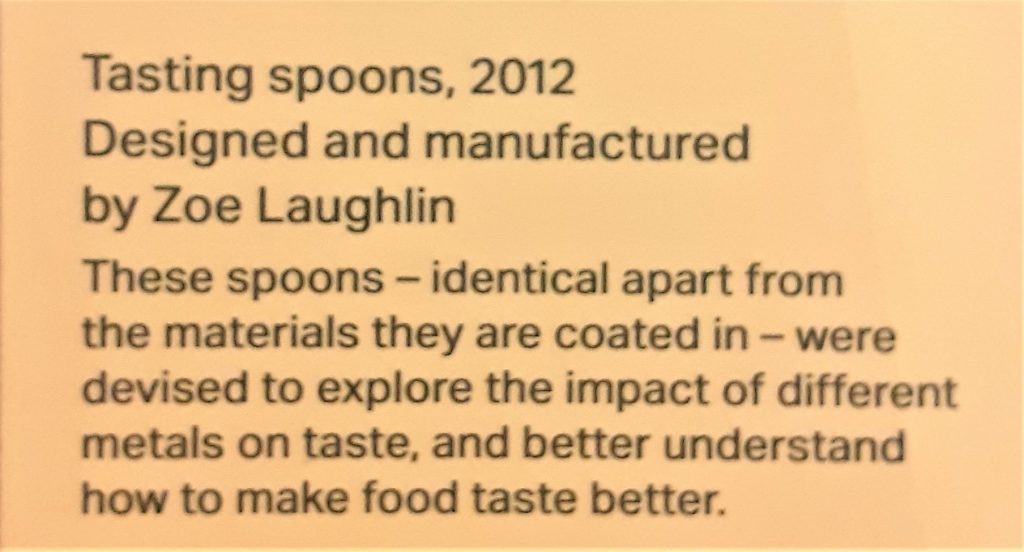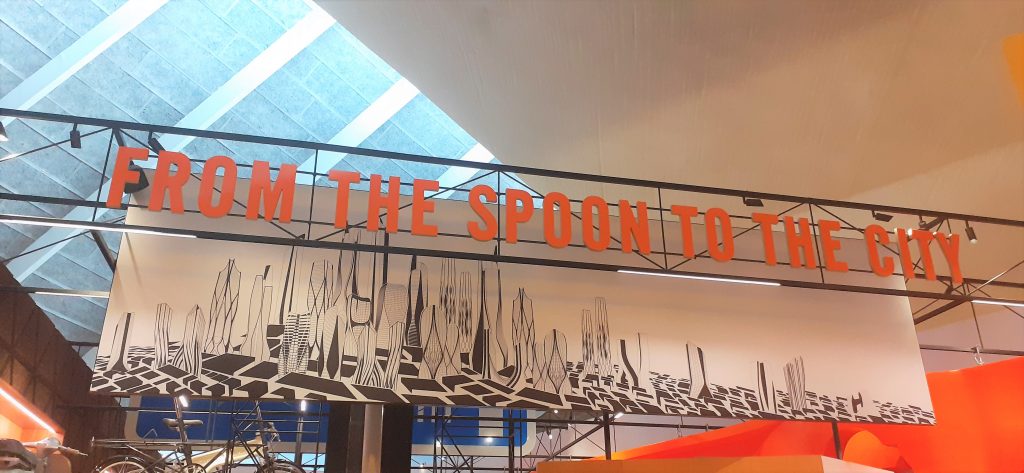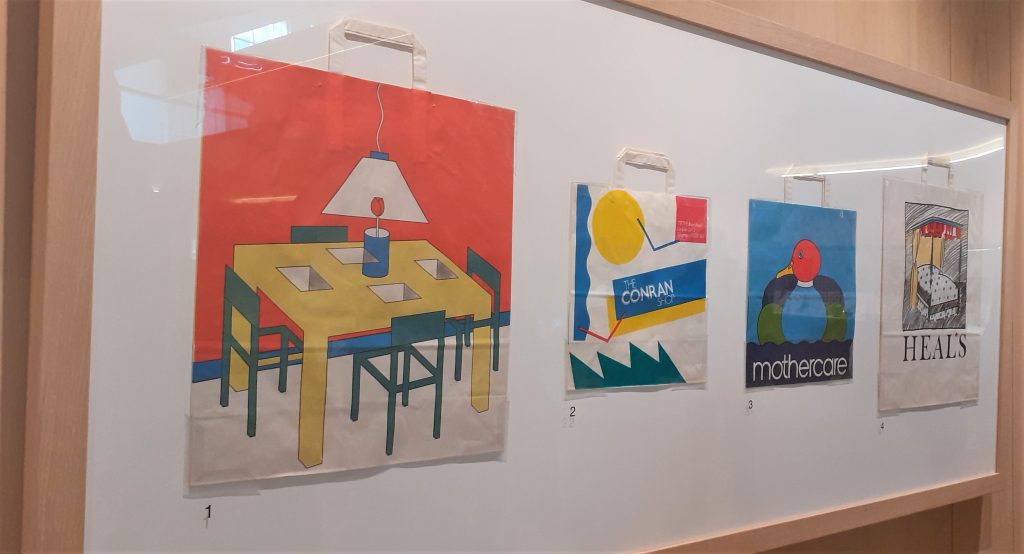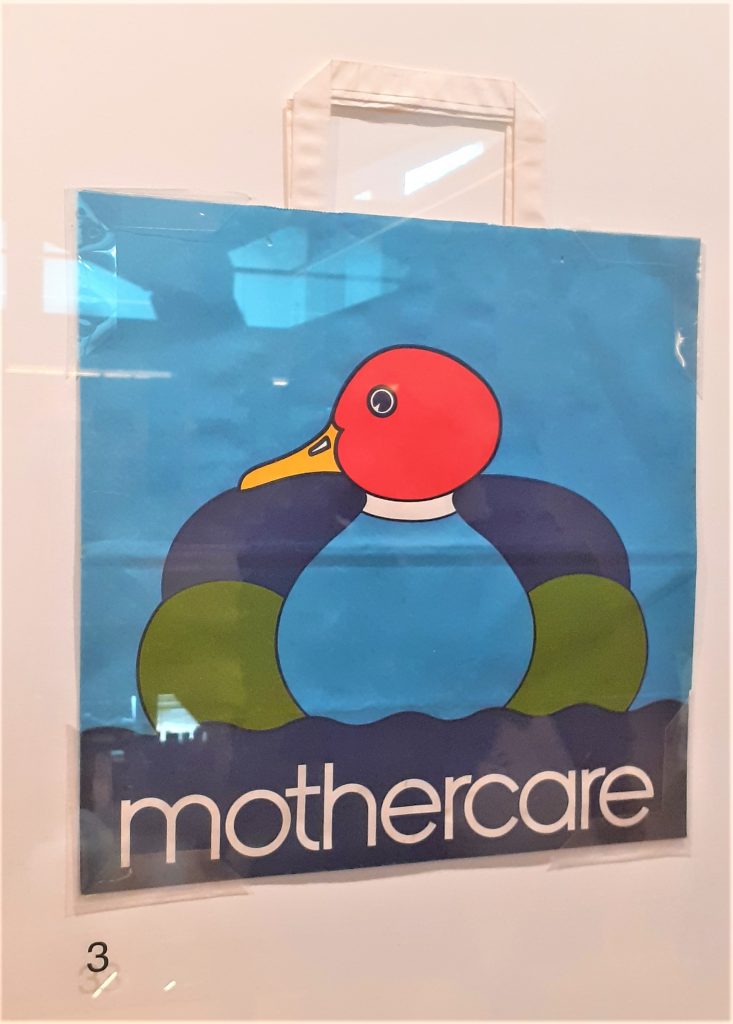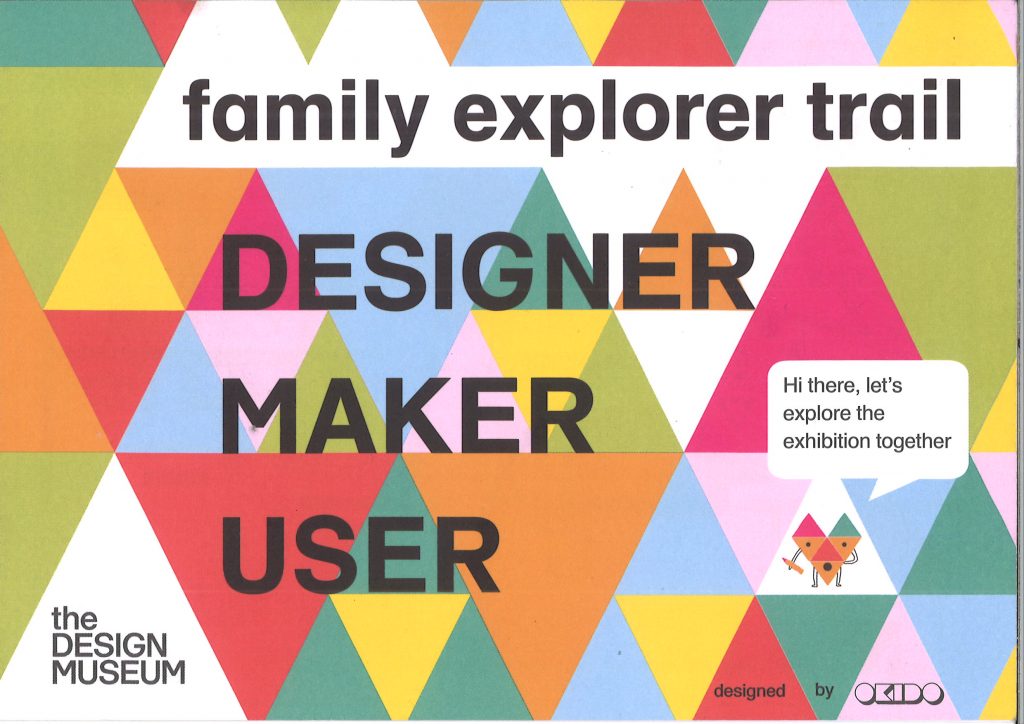First a bit of London…
Looking at Gothic architecture in Kensington. These elaborate buildings are based in the same area of London. The architecture makes me want to explore the inside of the buildings.
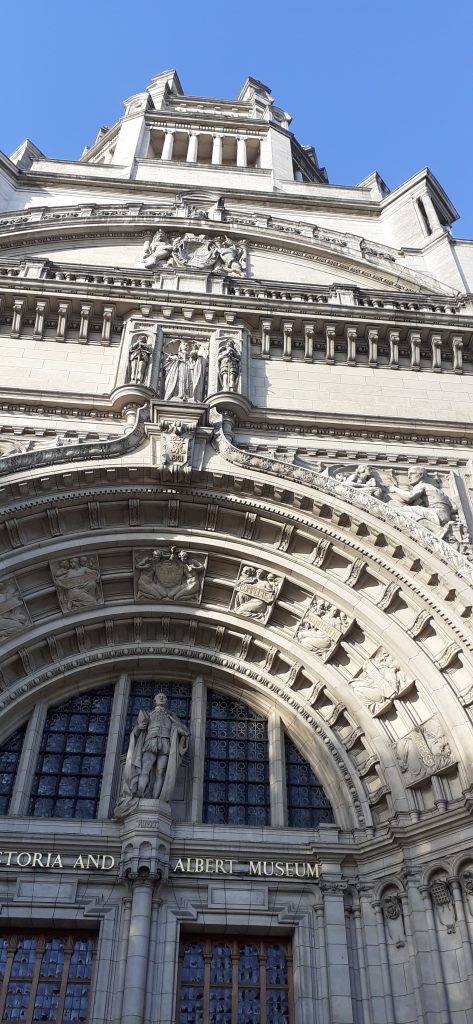
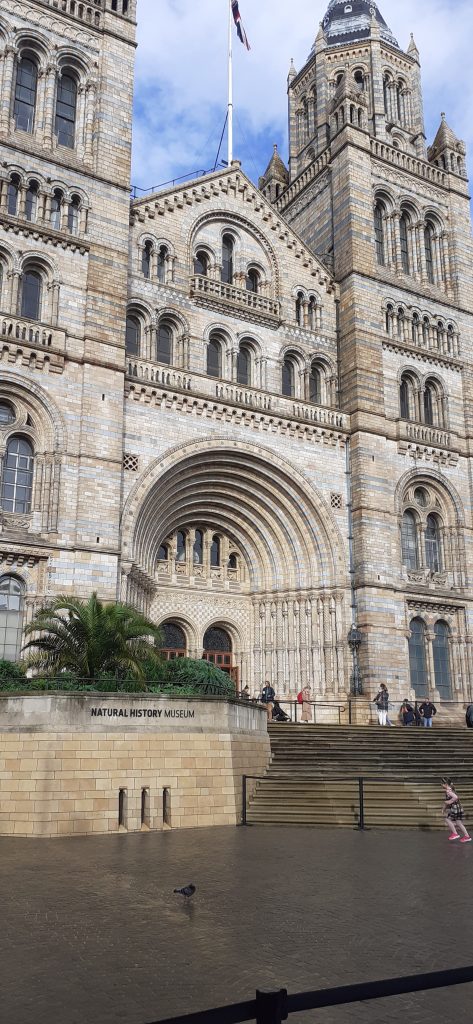
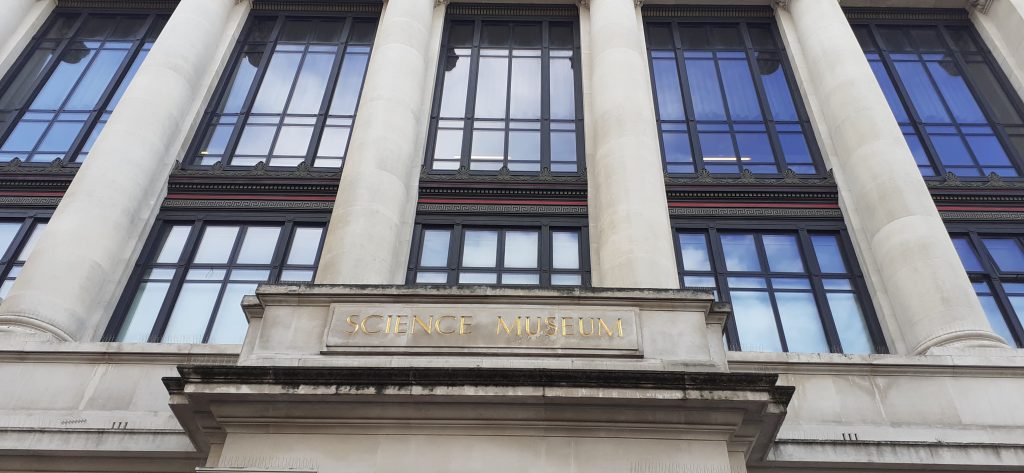
Downstairs in the design museum, I found the exhibition Waste Age: What can design do? At first, I was not sure what connection the exhibition would make between the climate crisis and design. I was not disappointed.

It was an emotional experience, but equally insightful. This exhibition forced me to think about the origins of the objects we see around us everyday and what happens to them after they are thrown away.
I was happy that I had seen Designer Maker User before Waste Age because I first was focusing on the designs rather than the affect of the materials on the planet. If I had seen Waste Age first, these ideas would have influenced the way I looked at the objects upstairs.
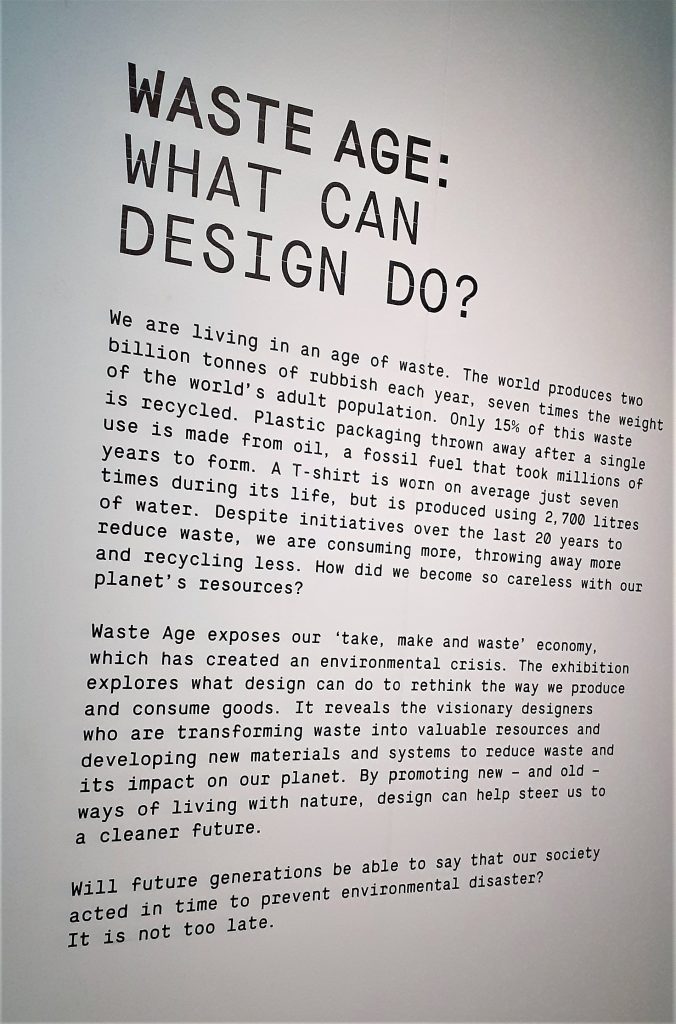
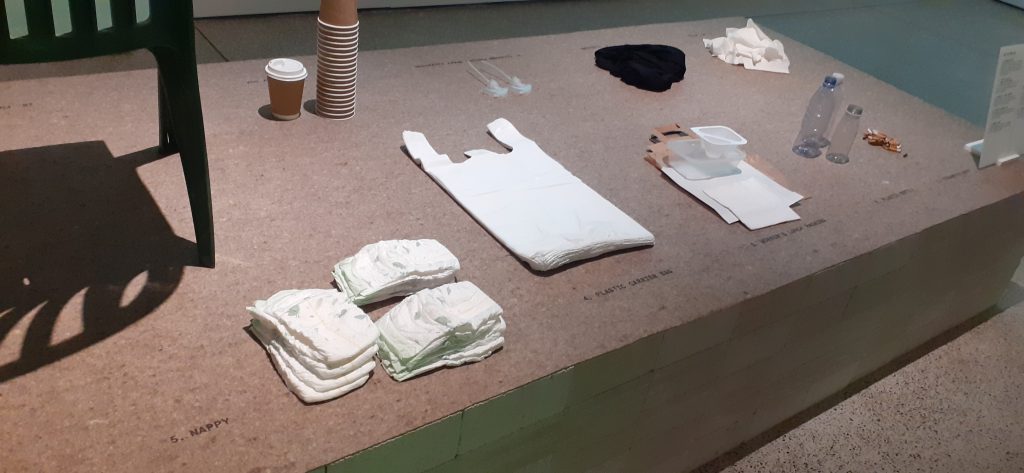

It was overwhelming to be surrounding by so many familiar objects that are made of plastic.

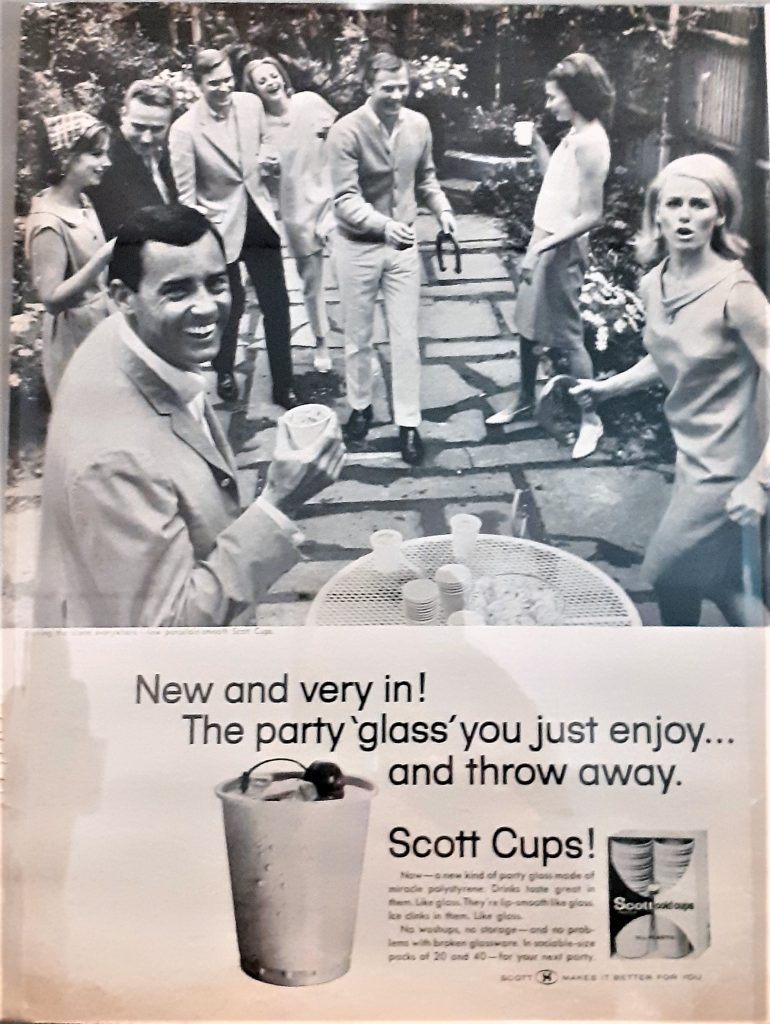
This poster was originally in a magazine, advertising polystyrene cups. It was shocking to see that their disposable quality was their selling point.

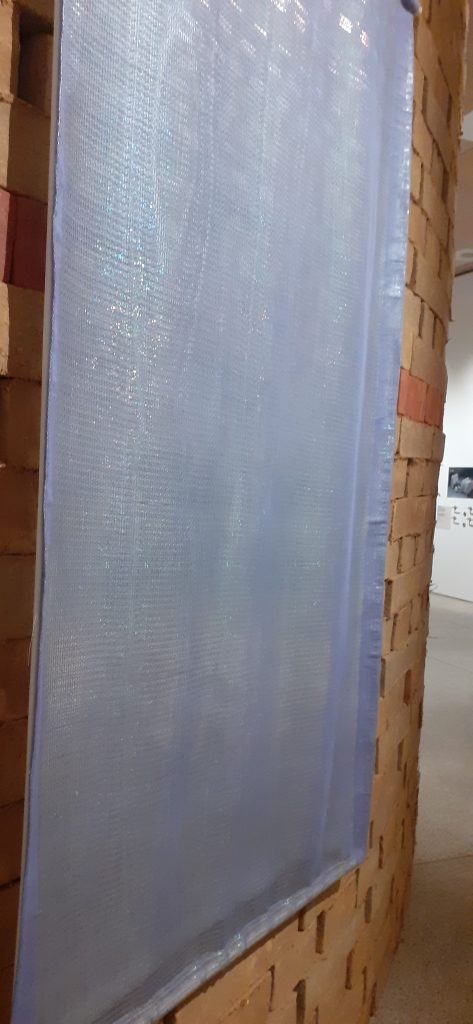
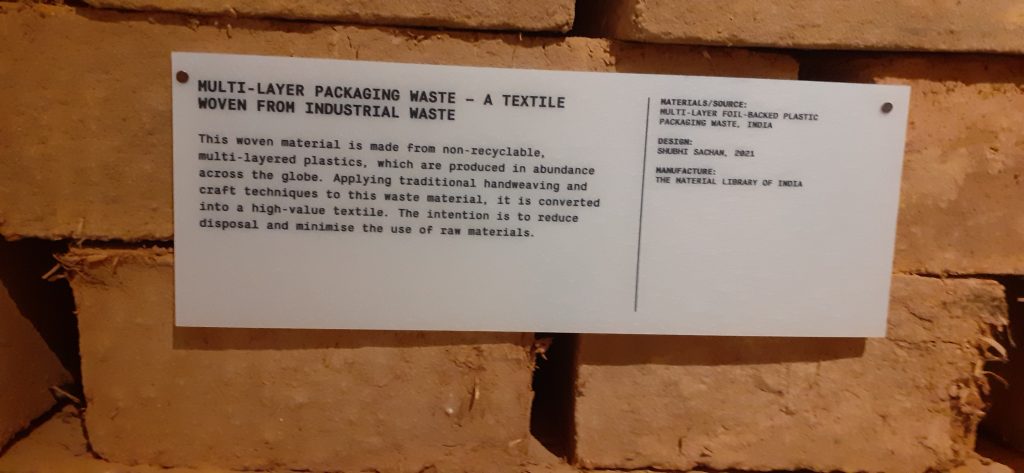
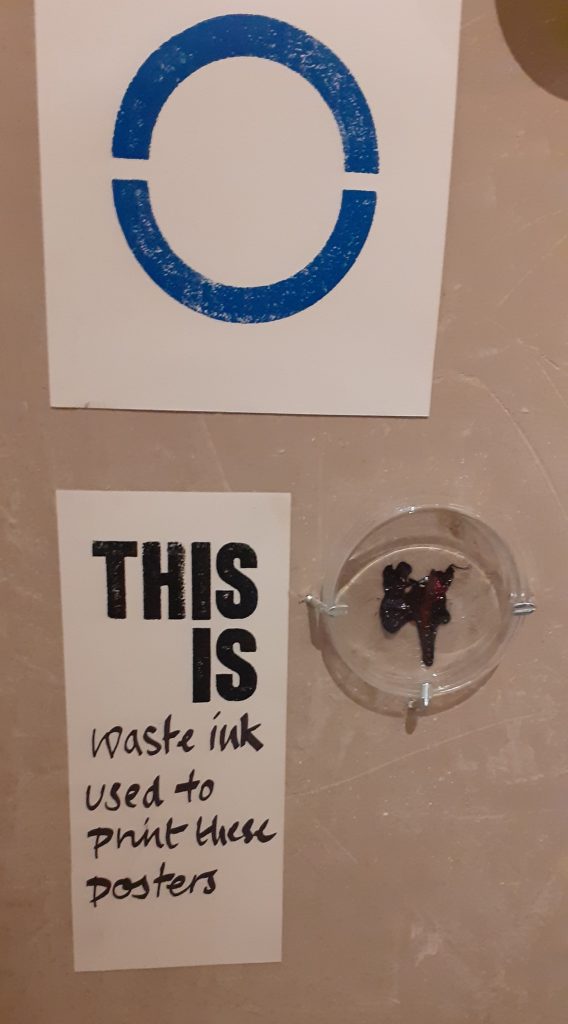
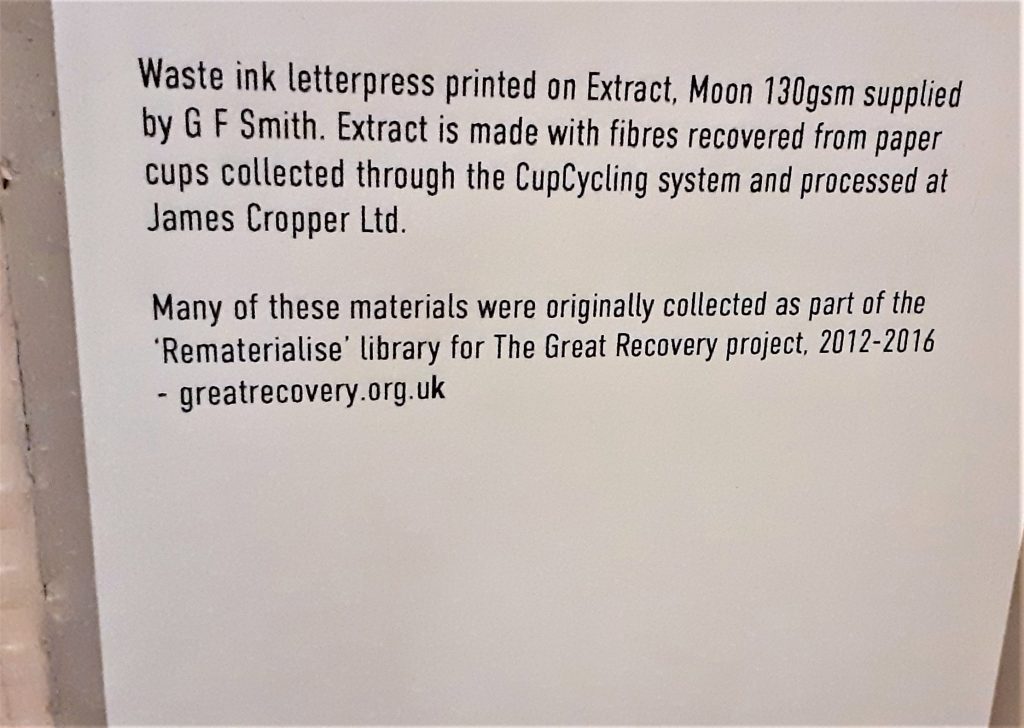
One section of the exhibition displayed many objects made from recycled materials. Also on display were designs which aim to lower our impact on the planet. The exhibition is about re-thinking how we design, then make and use objects. A video showed us interviews with people in the design industry, discussing changes we could make. One person commented on the fact that human’s behaviour goes against nature. Where other animals do not leave behind waste that can’t be broken down or re-used, we do.
My first response when seeing so many objects made from recycling materials, is ‘why isn’t this done everywhere, since we know it is possible?’
These prints are made using waste ink. I really like the designs. They are clever and eye-catching. The words visually get across the meaning by the way they are laid out on the page.
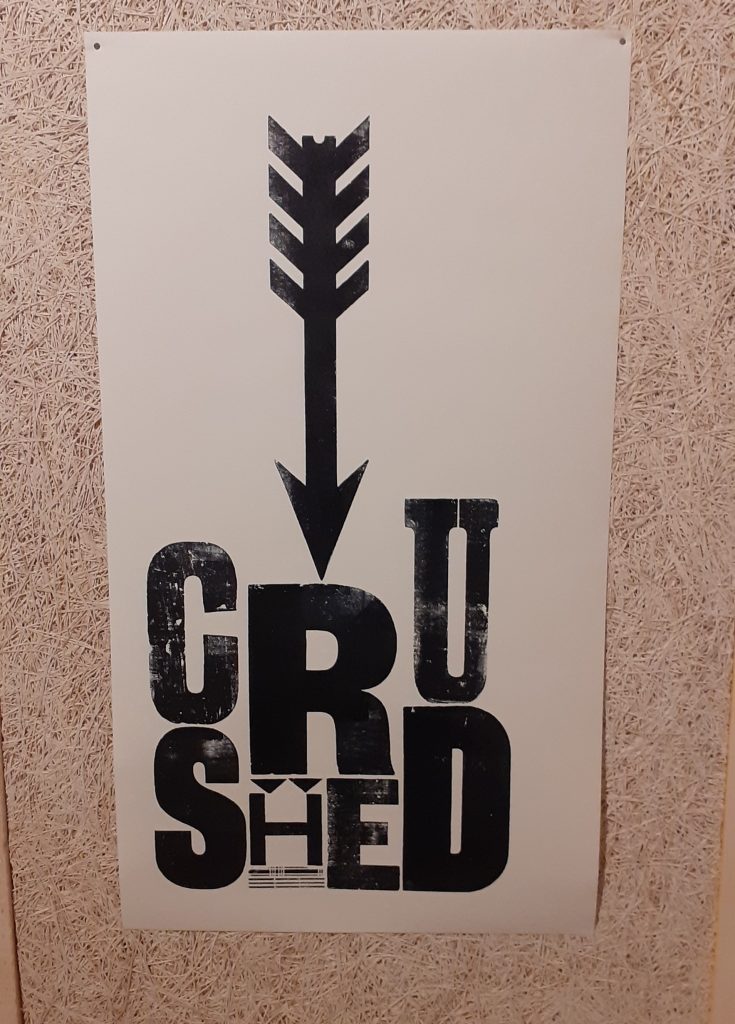


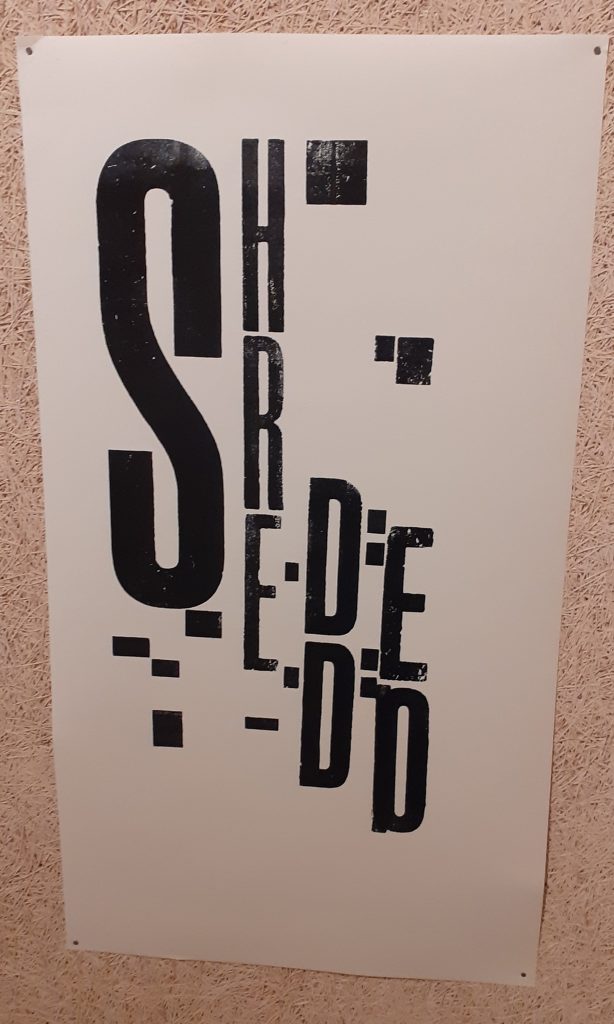
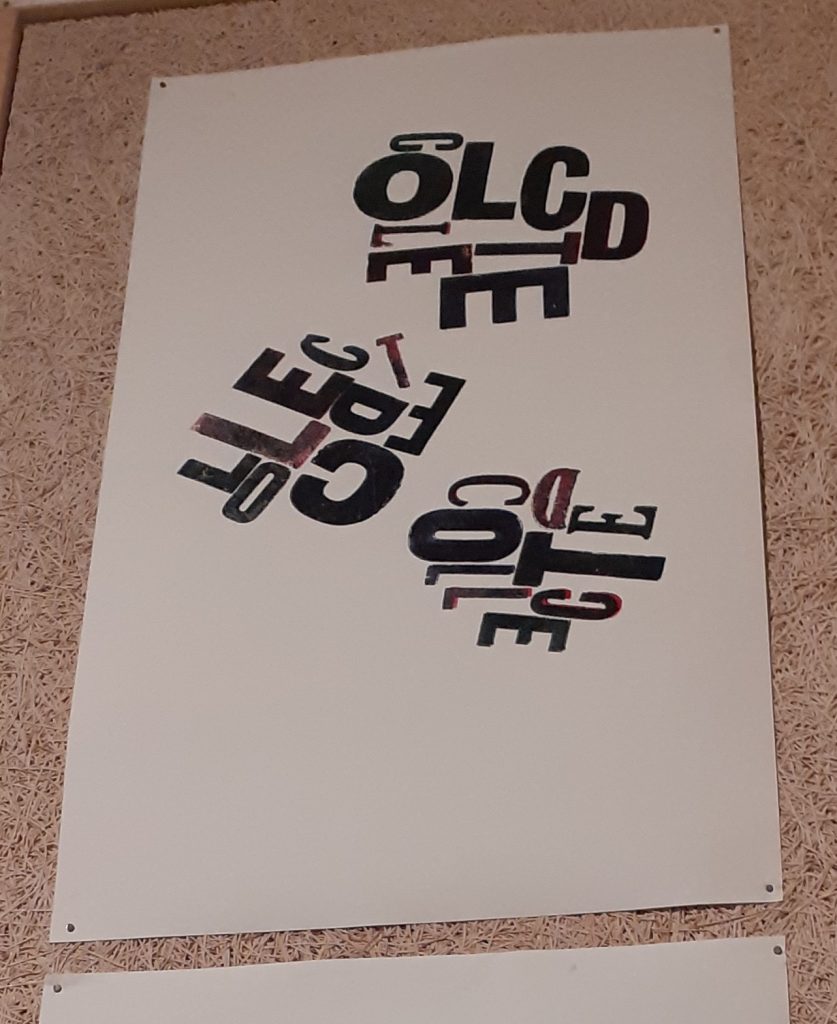
One thought I was left with after the exhibition:
Plastic has only come into use during my mum’s lifetime. In such as short period we have done so much harm. But people are working on the solutions every day. For the short amount of time plastics have been in use, an even shorter amount of time has been spent researching technologies and designs to help us undo the mess we are in. We may need to go back to some of the old ways. People turned to throw-away design solutions for convenience. During the Covid-19 pandemic, public health and hygiene has been the reason for creating even more waste. We have something to overcome which is a mental attitude of how we approach the problem. It is the responsibility of designers and users. But we also need data. The data to figure out which is worse: throwing away a plastic cup or producing recycled cups which takes energy to manufacture.

